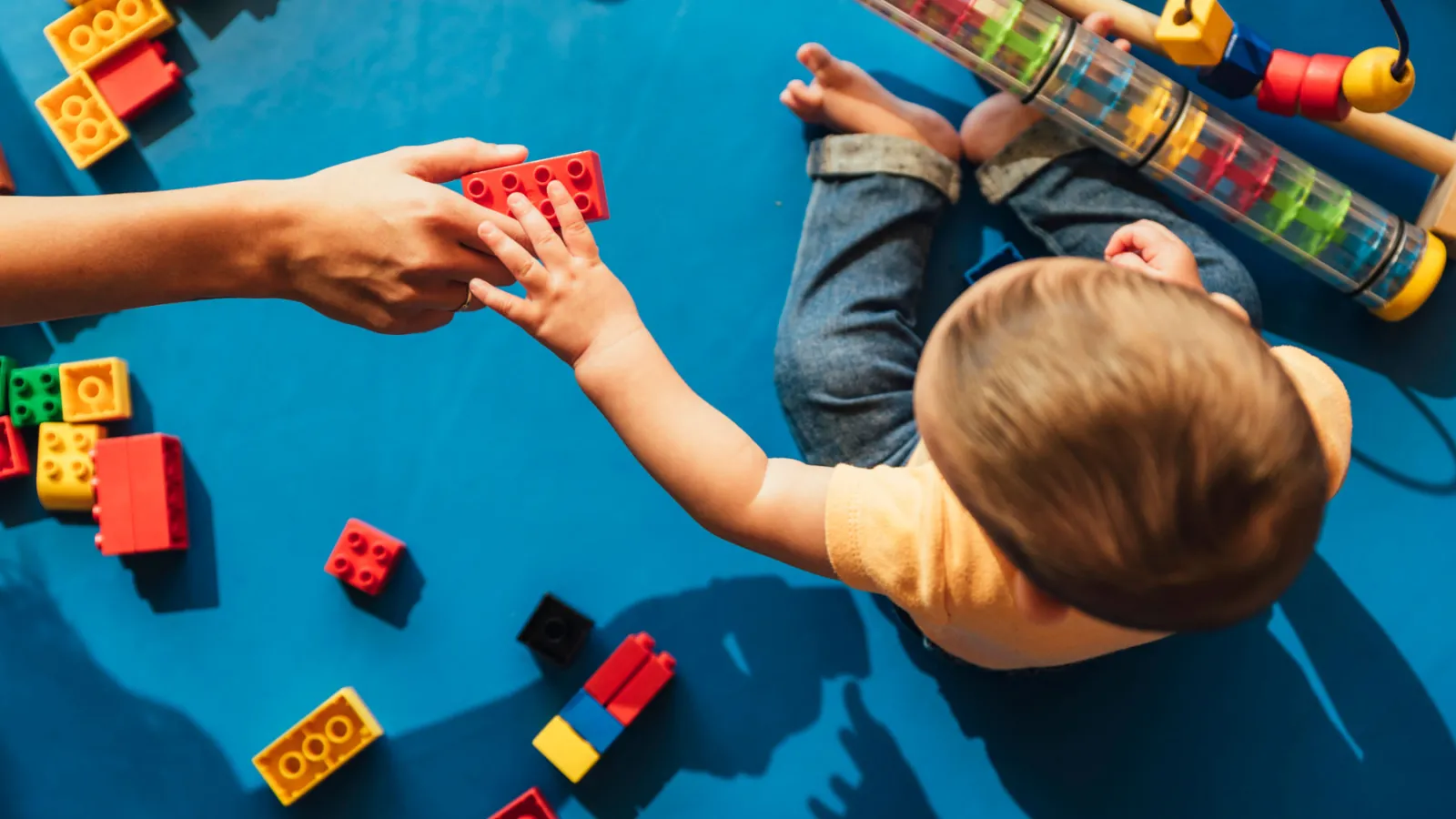Banner

Title
resources
Resource Library
Our Resource Library contains materials and assistance for early childhood educators and those they serve. Explore our selection of podcasts, tip sheets, websites, documents, and self-study courses.
Results: Page 37 of 54
| Resource Name | Description | Resource Type |
|---|---|---|
| Physical Developmental Delays: What to look for | The American Academy of Pediatrics (AAP) recently launched Physical Developmental Delays: What to Look For, an interactive online tool for parents of children ages 5 and under to use when they are concerned about their child's motor development. Health care providers who are approached with these concerns can refer to the AAP clinical report, Motor Delays: Early Identification and Evaluation, which includes an algorithm to guide developmental surveillance and screening, red flags signaling a need for prompt referral, and recommendations, including appropriate testing. | Website |
| Physiologic Hearing Screening for Infants and Toddlers | This instructional package discusses the importance of periodic, physiologic hearing screening for infants and toddlers. It provides practical guidance for health care providers on how Otoacoustic Emissions (OAE) hearing screening can be conducted during well-child visits. | Website |
| Play Activities to Encourage Motor Development in Child Care | Play is crucial to the development of children's gross and fine motor skills. Through play, children practice and perfect control and coordination of large body movements, as well as small movements of hands and fingers. Child care providers can support young children's motor development by planning play activities that provide children with regular opportunities to move their bodies. | Website |
| Play in Early Childhood: The Role of Play in Any Setting | In this video from the Center of the Developing Child at Harvard University, "learn more about how play can foster children’s resilience to hardship, and how the complex interactions involved when children play help build their brains." | |
| Play--Play Skills are Developmental Too: Part One | In this podcast, we look at children’s development from infant stages through older preschool to explore what types of play children should typically be engaged in at different ages. Play is both developmental and learned so children need our help in acquiring skills that help them move from stage to stage. We will set the foundation for talking about some of the challenges children may face in their play. | Podcast |
| Play-Based Activities That Build Reading Readiness | "Preschool teachers can use these activities," from Amanda Morin at Edutopia Magazine, "to promote six early reading skills even as the kids enjoy themselves." | Website |
| Playing Helps Children Learn and Grow | When infants are playing with objects, their early attempts to pay attention to things are accompanied by bursts of high-frequency activity in their brain. But what happens when parents play together with them? Research summarized in this column from the National Institutes for Health shows that when adults are engaged in joint play together with their infant, their own brains show similar bursts of high-frequency activity. Learn more about this research and about ways to playfully support both children and adults. | Document |
| Playing Helps Children Learn and Grow | When infants are playing with objects, their early attempts to pay attention to things are accompanied by bursts of high-frequency activity in their brain. But what happens when parents play together with them? Research summarized in this column from the National Institutes for Health shows that when adults are engaged in joint play together with their infant, their own brains show similar bursts of high-frequency activity. Learn more about this research and about ways to playfully support both children and adults. This resource is available in Spanish. | Document |
| Playing it Safe: Selecting Toys for Children | The safety and durability of toys is one of the most important considerations when making toy selections for children. Find out more about selecting toys that are safe for young children. | Info Module |
| Playing with Mud: Why It’s Worth the Mess | "Mud is messy. It’s sloppy and squishy and dirty. But it’s also a great tool for discovery and growth through play. From supporting cognitive development to boosting creative thinking and self-confidence, it turns out that mud is filled with benefits most of us don’t realize."Check out these fun ideas from the Minnesota Children's Museum | Website |
Results: Page 37 of 54